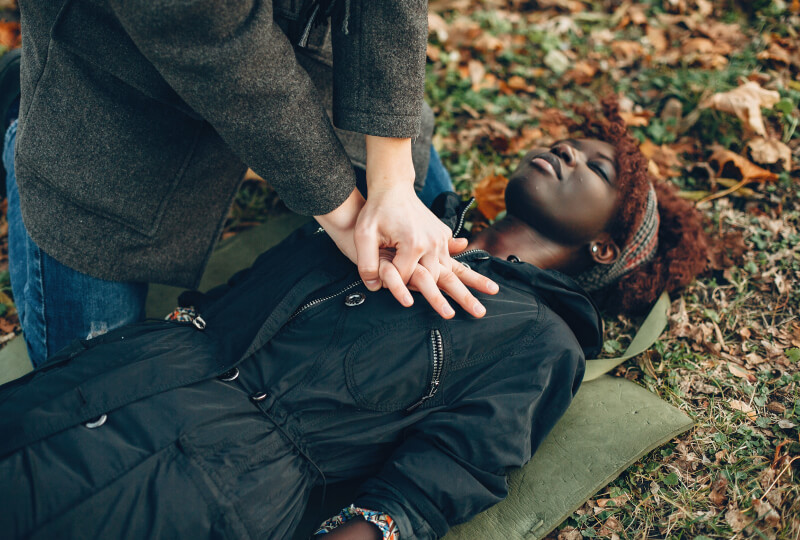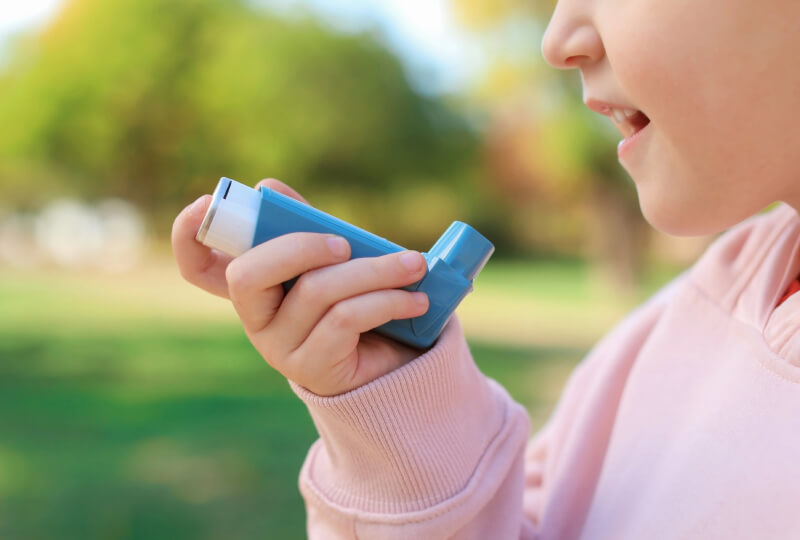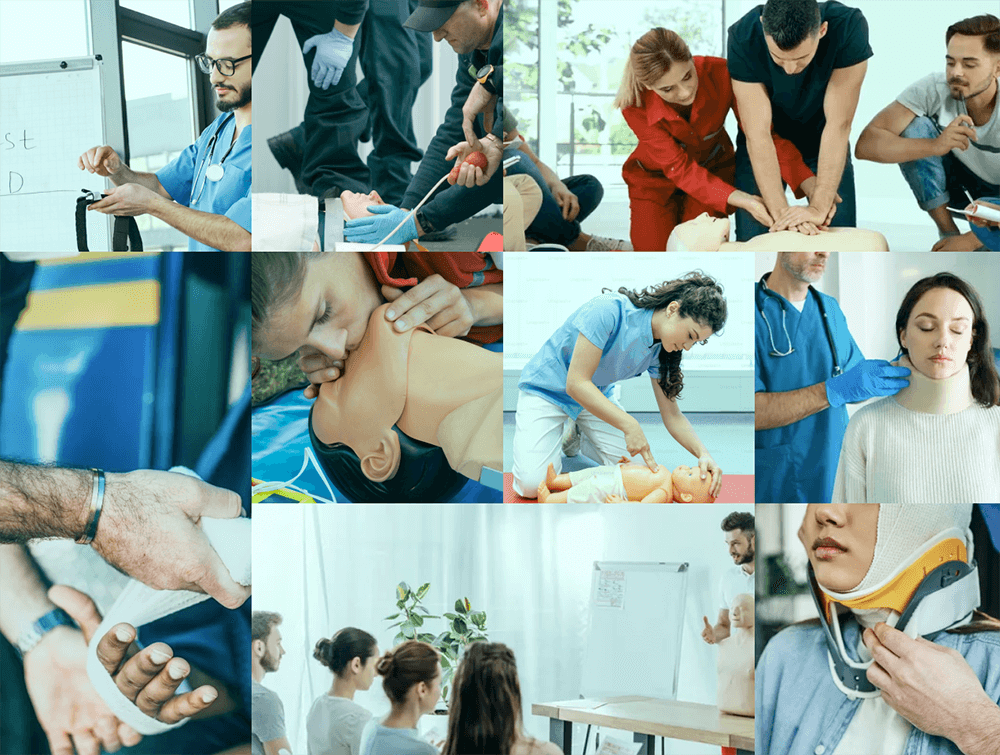Have you ever found yourself in a moment between what was and what's next?
That feeling of being in-between, of standing on the edge of a new beginning or an unknown future, is known as the liminal space. It’s a threshold, a transition, a place of ambiguity and transformation. A recent experience created the opportunity for me to embrace this concept and consider the links between luminal space and our approach to emergency preparedness.
The concept of Liminal Space: A Quick Look
Liminal space is known as:
- Entering the Transition: It’s not the beginning nor the end, but the journey between. Think of a hallway, a waiting room, dusk or dawn.
- Experiencing the Ambiguity: Rules are often suspended, concepts questioned and the old certainties may no longer apply. There’s a sense of “not knowing” or “exploration”, “adventure” or “challenge”.
- Seeking personal Potential: Because the old structures are gone, there’s immense opportunity for new ideas, growth, and transformation. It’s a fertile ground for creativity and adaptation.
- Exploring Discomfort & Excitement: This “in-between” can be unsettling due to uncertainty, but also exciting due to the possibilities it holds.
Emergency Preparedness: Navigating Your Own Liminal Threshold
For a moment please consider that preparing for an emergency isn’t just about stockpiling supplies; it could also be about entering a liminal space of the mind. The act of consciously stepping into the “what if” – the uncertain future – before it arrives.
Food for thought:
- Embracing the “Transition” Mindset:
- The Link: Emergency preparedness is a continuous journey, not a destination. You’re transitioning from a state of “normalcy” to a state of readiness. This may not be a one-time event, but an ongoing process of learning, adapting, and updating.
- Actionable: Consider your emergency preparedness efforts as an evolving transition. The concept of regularly reviewing your plans, updated supplies, and practising your drills could assist and build capacity. Through this, you’re always moving towards a more resilient state of mind and preparedness.
- Navigating “Ambiguity” with Clarity:
- The Link: Emergencies inherently thrust us into ambiguous situations where familiar routines are disrupted. Preparing involves mentally and practically stepping into that ambiguity and developing strategies for it.
- Actionable: Focus on developing versatile skills and resources. Instead of preparing for one specific disaster, think about what you’ll need for any disruption: water, food, shelter, communication, first aid. Develop “all-hazards” plans that can adapt to different scenarios.
- Unlocking “Potential” for Resilience:
- The Link: The liminal space of preparedness allows us to proactively identify weaknesses and transform them into strengths. It’s a chance to innovate solutions before a crisis demands it.
- Actionable: Use your preparedness journey to identify areas for personal and community growth. What skills can you learn (e.g., first aid, ham radio, gardening)? How can you strengthen community networks? This “pre-crisis” period is your opportunity to build foundational resilience.
- Transforming “Discomfort” into Empowered Action:
- The Link: Thinking about emergencies can be uncomfortable. It forces us to confront vulnerability. But within that discomfort lies the power to act and gain control.
- Actionable: Acknowledge any apprehension, but don’t let it paralyze you. Break down preparedness into small, manageable steps. Each step you take (e.g., packing a go-bag, having a family meeting, learning an emergency contact number) transforms that discomfort into a feeling of empowerment and readiness.
Stepping Through Your Own Threshold
Preparing for an emergency isn’t about fear; it’s about embracing the liminal space of anticipation and actively shaping your future. By understanding that we are always in a state of potential transition, we can potentially move from passive worry to proactive, empowered readiness.
So, where are you on your preparedness journey? Are you standing at the threshold, ready to step into a more resilient future?
Call to Action
- Share Your Thoughts with a friend: What does “liminal space” mean to you in the context of preparedness?
- Start Today: Consider picking one small step you can take this week to enhance your emergency readiness.
- Read more about Mental Health Support in the Workplace and Community




